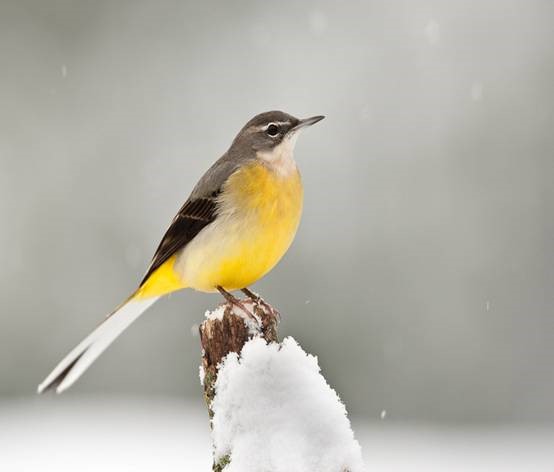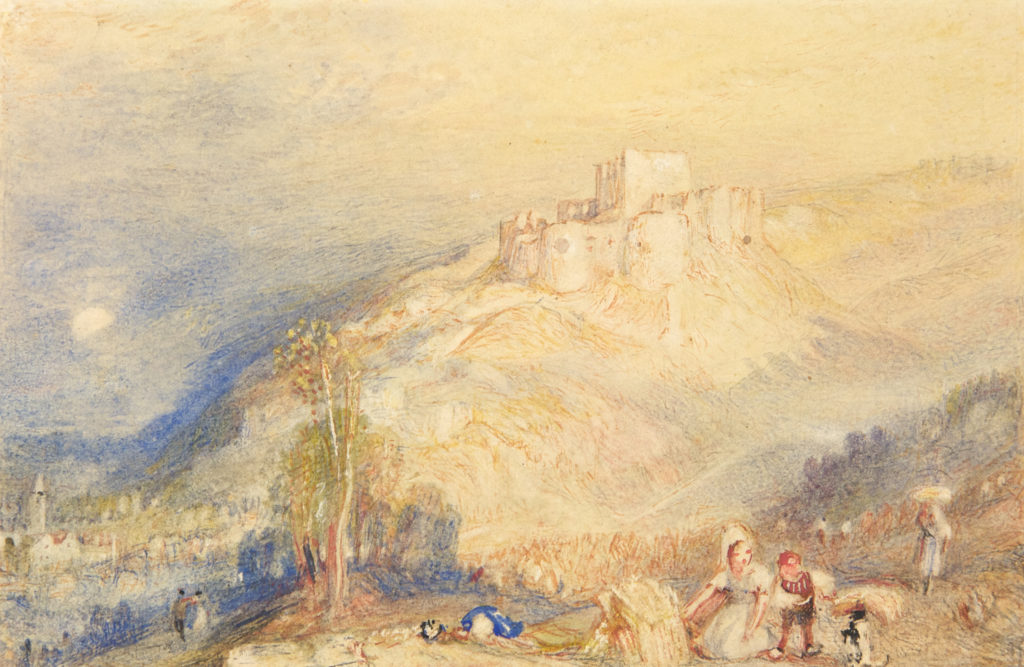
Grey Wagtail courtesy of Dave Bartlett, The Birds of Berkshire Atlas.

Pied Wagtail (male) courtesy of Lisa Carter
If Eton High Street ever wanted to adopt a bird as its mascot, I would select the incredibly adaptable Pied Wagtail over the annoyingly cosmopolitan Pigeon. They are often seen searching for their preferred food of insects and other small invertebrates on the High Street and pavements and are familiar sights in car parks such as Meadow Lane and at local supermarkets. They will feed off insects knocked down by cars but will also forage a crumb or two when hungry. They are impressively bold and have even been known to pick insects off vehicle grilles. Not surprisingly, around bird feeders they favour mealworms.
Our local Pied Wagtails are resident over winter but like to take advantage of communal roosts to stay safe and keep warm. For example, flocks numbering well over 1,000 birds are seen at Heathrow, enjoying the safety from predators conferred by the extra illumination when daylight is at a premium. They benefit from the warmth emanating from buildings which are used virtually 24 – 7 as well as their own collective body warmth. In the breeding season, wagtails rely on cavities of any kind for nest sites and they can be surprisingly hard to locate.
When not in an urban setting they love to forage across gardens and short pasture, flushing out their prey by walking briskly and then taking flies on the wing once disturbed. They often follow livestock in paddocks, living off the flies associated with horses and cattle.
The Latin name of the wagtails, Motacilla, reflects their habit of running about briskly. Motare means ‘to move about’. Their characteristic habit of tail-flicking is not fully understood but there is evidence that such wagging increases in the presence of potential predators and indicates a level of awareness in the birds concerned. This also seems to be true for moorhens, too. Pied Wagtails are almost exclusively British and Irish, being one subspecies of the White Wagtail which has a number of races occupying the Northern Hemisphere.
Other wagtail species are also found in Eton. The Grey Wagtail, which is far more colourful than its name suggests, likes to forage in my riverside garden during the winter, attracted by the fast-flowing water of the nearby mill race. It has distinctive lemon underparts in the winter and a much longer tail than its Pied cousin but is not to be confused with Yellow Wagtails!
George Fussey FRSB FZS FLS
Curator



